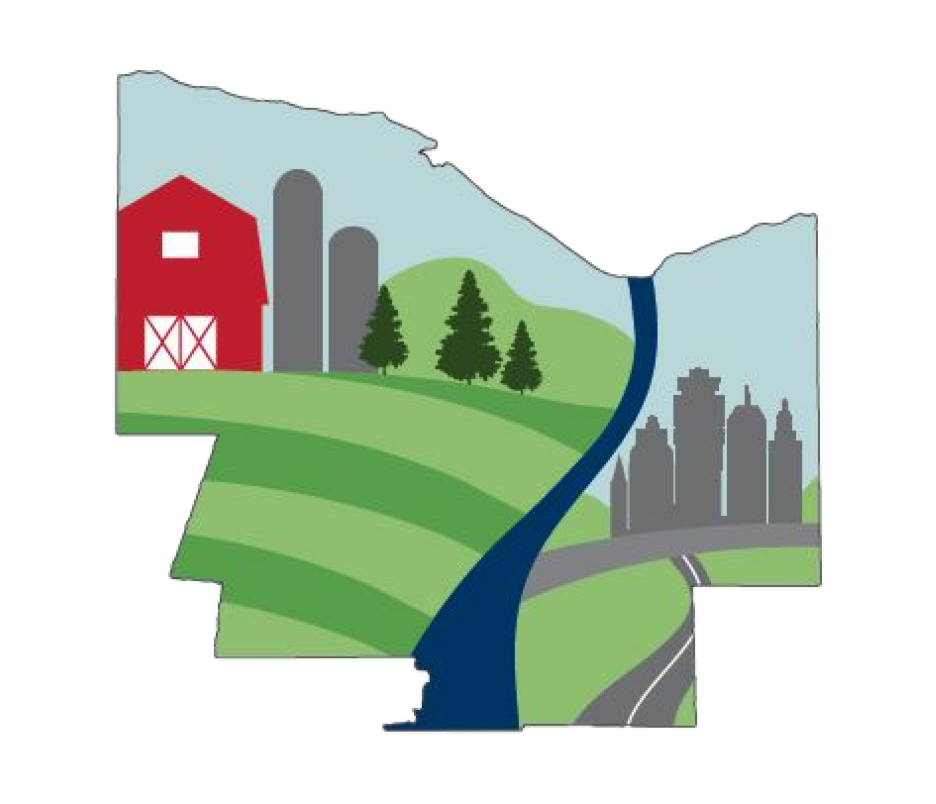Healthy Lawn, Healthy You
Keeping a healthy lawn provides numerous environmental benefits and is good for your health. Healthy lawns begin with using the right fertilizer and keeping the lawn pesticide-free. The following tips adapted from Cornell Cooperative Extension of Erie and Monroe County, along with the Department of Environmental Conservation will leave your lawn healthier and safer than ever:
*Note that when the term “chemicals” or “chemical free” is used it refers to synthetic chemicals.
1. While the traditional “golf course look” of a lawn is rather appealing, having a mixture of grass species is much more beneficial and does not require the use of synthetic chemicals. You should read the entire label before purchasing fertilizer to ensure no products included are hazardous to humans, pets, or wildlife. Remember, chemical free is always better. Chemical free lawns lead to healthier grass and plants, cleaner water, a safer lawn for humans and pets, and healthier soils.
2. The right amount of topsoil in your lawn goes a long way and you can determine if you have enough by simply digging. At least 6 inches of topsoil is considered healthy, any less should have a half inch of compost added annually. Additionally, performing a soil test is a good way to determine soil health, and kits are available at our office.
3. Sick of all the weeds in your lawn? There are simple ways to rid your lawn of them, depending on the species. Dandelions are indicative of high pH soils, so adding some lime can help. Crabgrass like compacted soils, so aerate the soil. Don’t count all those weeds out just yet, though. Not all species should be removed at first sight. Certain species like clover readily make nitrogen available in the soil.
4. Speaking of weeds, adding fast-growing fertilizer when weeds are actively growing will only make them grow and not your grass. Using slow-release fertilizer during inactive weed growth periods will ensure your grass grows better. Applying fertilizer in the fall after top growth has ceased will promote deep root growth and stronger plants.
5. Plant a variety of grasses. The variety will grow better with the variety of conditions all lawns see and have.
6. Don’t cut your grass too short. Keeping your mower at 3” is considered a good length since longer grass outcompetes weeds, is more drought tolerant, and more pest/disease resistant. Additionally, leaving grass clippings on your lawn will help naturally fertilize it.
7. If you water your lawn, only water in the morning and not too often. No more than one inch of water a week is recommended. This will encourage deeper root growth, while discouraging excessive weed growth.
8. Soil becomes compacted over time due to buildup of living and dead roots. Aerating your soil will allow oxygen, water, and nutrients to better flow through to the grass roots.
9. Find ways other than pesticides to get rid of grubs (which are far less common in chemical-free lawns). Nematodes are naturally occurring microscopic worms that can be mixed in water and applied to lawns to treat grub outbreaks.
10. If using a lawn-care service, ask for pesticide-free applications.
